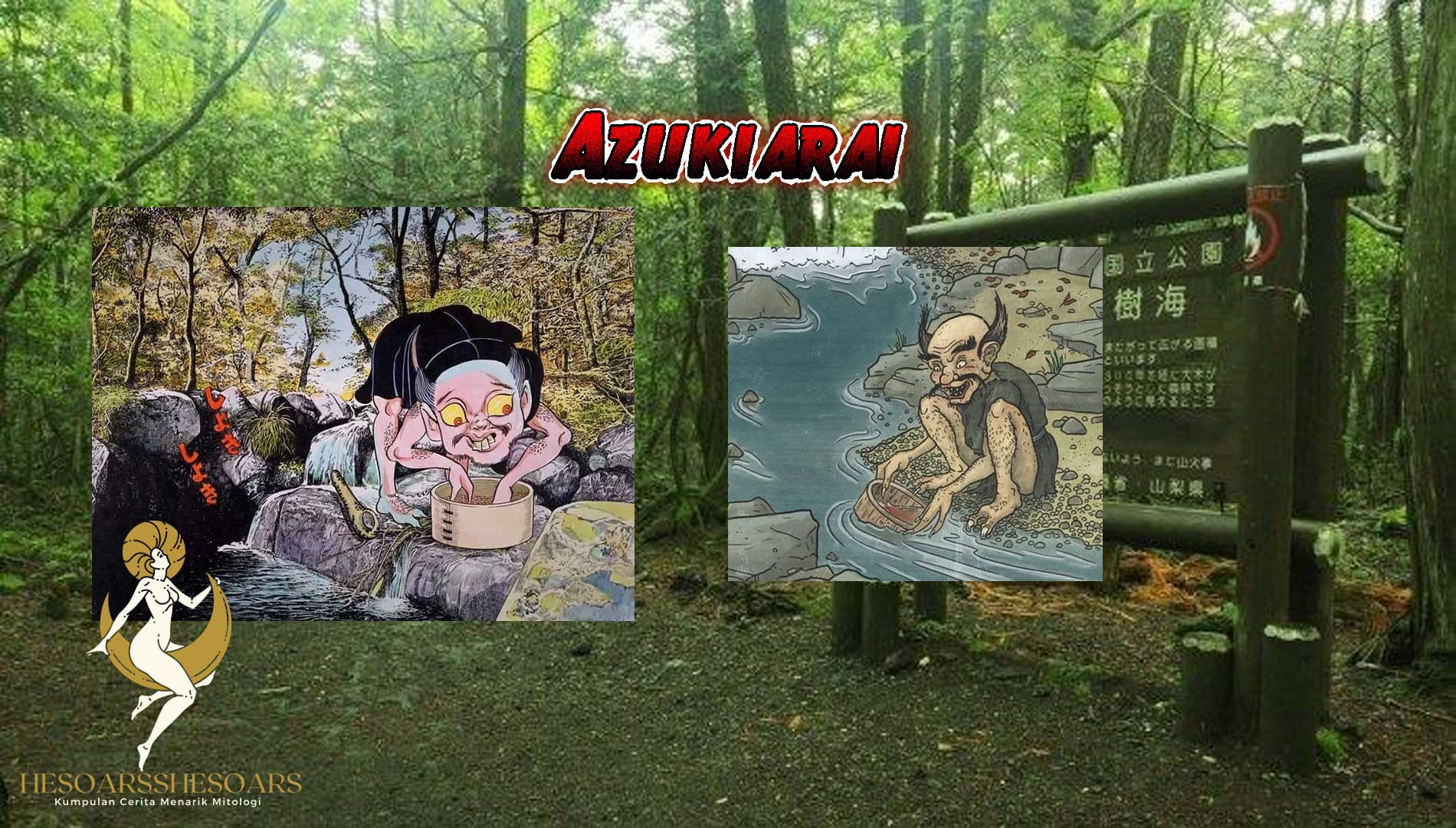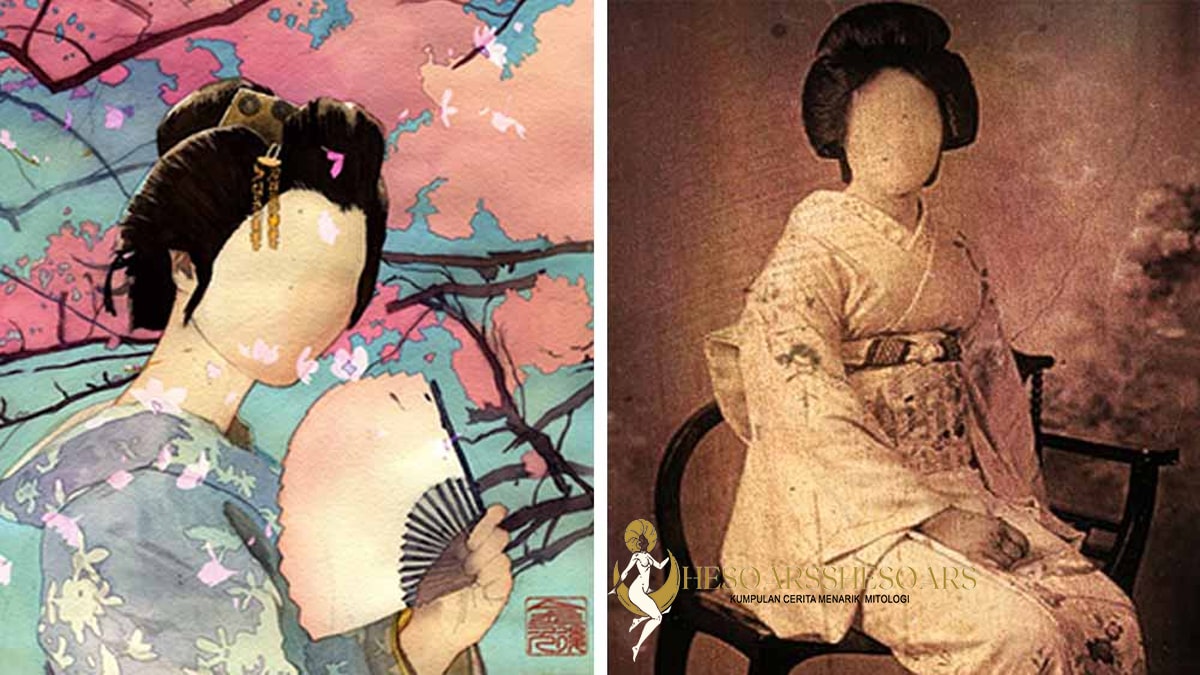Introduction
Japanese mythology is a rich tapestry of legends and folklore, populated by a wide array of supernatural beings and creatures. Among these, Azukiarai stands out as a unique and intriguing entity. Azukiarai, often referred to as the “Legume-Washing Ghost,” is a lesser-known but fascinating figure in Japanese folklore. We will delve into the origins, characteristics, and cultural significance of Azukiarai in Japanese mythology.
The Origin of Azukiarai
Azukiarai’s origins can be traced back to various regions of Japan, and its legend has evolved over time. While the specifics of its creation story may vary, one common thread in the Azukiarai myth is its association with cleanliness and ritual purification.
One version of the legend suggests that Azukiarai emerged during the Muromachi period (1336–1573). According to this tale, in a remote village, a priest who lived a secluded life would wash azuki beans in the river as a form of purification ritual. One evening, while performing this ritual, he heard a mysterious voice from the riverbanks. The voice persisted, and when he approached the river, he saw a ghostly figure washing the beans. This ghostly presence became known as Azukiarai, and it has been a part of Japanese folklore ever since.
Azukiarai’s Characteristics
Azukiarai is a ghostly figure with distinctive characteristics that make it stand out in Japanese mythology:
- Appearance: Azukiarai is often described as a pale, ghostly woman with long, disheveled hair. Its appearance is eerie and unsettling, with an otherworldly aura.
- Behavior: The primary action associated with Azukiarai is the act of washing azuki beans in a river or stream. It is said to appear near bodies of water, particularly at night, and engage in this repetitive and ritualistic task.
- Elusiveness: Azukiarai is known for its elusive nature. It usually appears when no one is around or when it is least expected, and it tends to vanish as soon as it is noticed.
- Lack of Interaction: Unlike many other supernatural beings in Japanese mythology, Azukiarai does not harm or interact with humans. It is mostly preoccupied with its own task of washing beans.
Cultural Significance
The legend of Azukiarai may seem mysterious and cryptic, but it holds cultural significance in Japanese folklore. Several interpretations and lessons can be drawn from this enigmatic creature:
- Ritual Purity: Azukiarai’s association with washing beans in water highlights the importance of ritual purity in Japanese culture. Water is often seen as a purifying element, and the act of washing azuki beans may symbolize the cleansing of impurities or negative energies.
- Respect for Nature: Azukiarai’s connection to natural settings like rivers and streams reinforces the reverence that Japanese culture has for the natural world.
- Unpredictability: Azukiarai’s unpredictable appearances underscore the idea that the supernatural and mysterious are always lurking in the shadows of daily life. This element of unpredictability adds depth to the storytelling and keeps the legend intriguing.
- Folk Traditions: The legend of Azukiarai is an example of how folklore and traditions are passed down through generations. It serves as a link to Japan’s past and heritage, connecting modern generations to their ancestors.
Conclusion
Azukiarai, the Legume-Washing Ghost of Japanese mythology, may not be as widely recognized as other legendary creatures like the Kitsune or Tengu, but its unique characteristics and cultural significance make it a compelling subject of study. This ghostly figure’s association with ritual purity, respect for nature, unpredictability, and folk traditions adds depth to Japan’s rich mythological tapestry. While Azukiarai may remain elusive and mysterious, its legacy endures as a captivating part of Japanese folklore.




